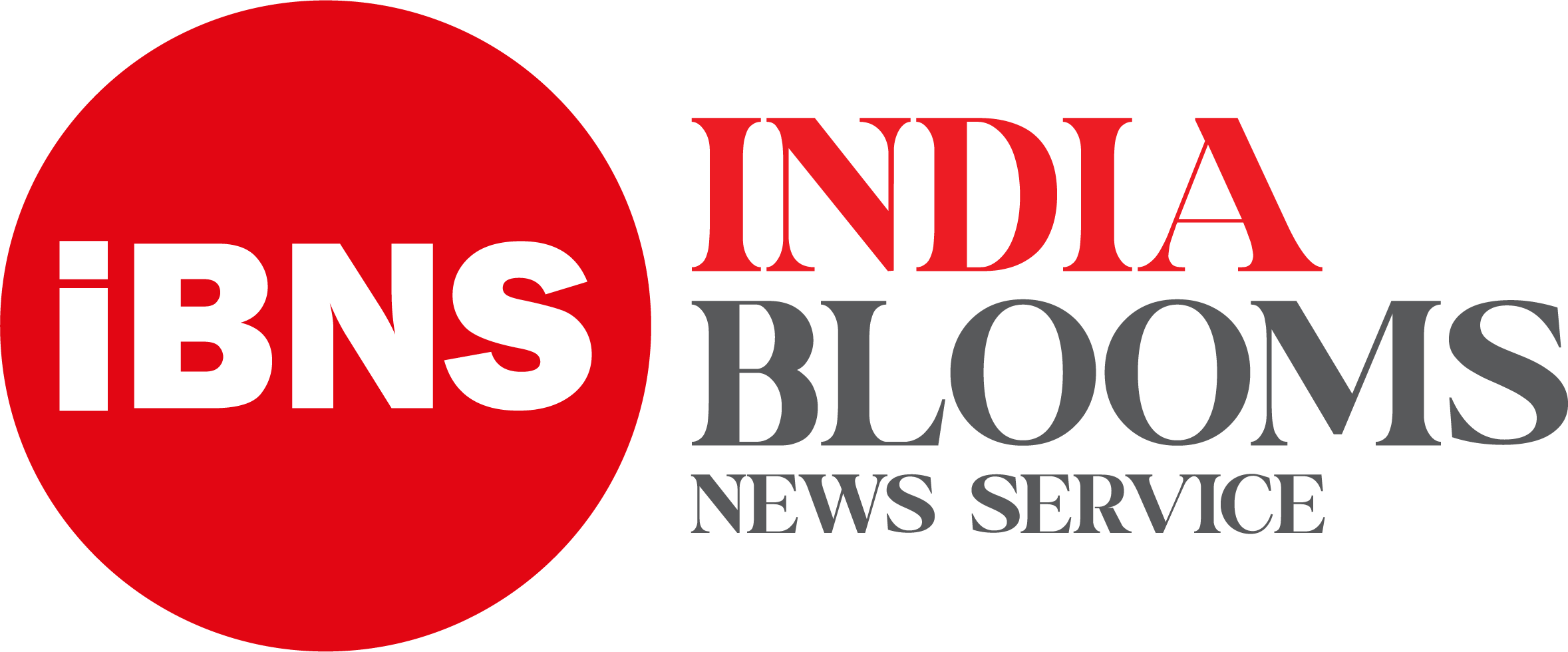
India’s GDP growth rebounds to 6.2% in Q3FY25, full-year forecast raised to 6.5%
New Delhi: India’s real GDP grew by 6.2% in the third quarter (Q3) of FY25, Business Standard reported citing data released by the National Statistics Office (NSO) under the Ministry of Statistics and Programme Implementation (MoSPI) on Friday.
This marks a recovery from the previous quarter when GDP growth had plunged to a seven-quarter low of 5.4%, falling significantly below expectations.
The rebound was driven by strong rural demand, aided by favourable monsoon conditions, alongside higher government spending.
Among sectors, construction posted the highest growth at 8.6%, followed by financial, real estate, and professional services at 7.2%, and trade, hotels, transport, communication, and broadcasting-related services at 6.4%.
Private final consumption expenditure increased by 7.6%, indicating a revival in consumer spending.
Growth outlook revised upward
Following the improved Q3 performance, the government has raised its full-year real GDP growth projection for FY25 to 6.5%, up from the earlier estimate of 6.4%.
The economy has seen a gradual slowdown over recent quarters.
GDP growth stood at 8.6% in Q3FY24 before moderating to 7.6% in Q4FY24, 6.7% in Q1FY25, and 5.4% in Q2FY25.
The sharper-than-expected deceleration in Q2 had surprised many analysts.
GDP and inflation forecasts for FY26
The Reserve Bank of India (RBI) has forecast a 6.6% GDP growth rate for FY25, anticipating a stronger second half driven by rising agricultural and industrial output, as well as sustained rural demand.
The economy is expected to grow between 6.4% and 6.8% by the end of the fiscal year.
For FY26, the RBI projects GDP growth at 6.7%, with Q1FY26 growing at 6.7% (revised from 6.9%), Q2FY26 at 7% (revised from 7.3%), Q3FY26 at 6.5% and Q4FY26 at 6.5%.
However, these projections remain subject to risks, particularly in light of global uncertainties.
Former US President Donald Trump’s threats of imposing reciprocal tariffs on key trading partners, including India, could disrupt the country’s economic trajectory if implemented.
Further, monsoon performance will be crucial, as it directly affects food inflation and consumption patterns.
On the inflation front, the RBI has maintained its FY25 projection at 4.8%.
For FY26, it expects retail inflation (CPI) to average 4.2%, with Q1FY26 at 4.5% (revised from 4.6%), Q2FY26 at 4%, Q3FY26 at 3.8% and Q4FY26 at 4.2%.
RBI cuts repo rate for first time in two years
In a bid to support economic growth, the RBI’s Monetary Policy Committee (MPC) reduced the repo rate by 25 basis points to 6.25% in its February 5-7 meeting.
The unanimous decision, announced by RBI Governor Sanjay Malhotra, marks the first rate cut in two years.
Despite the move, the central bank maintained a ‘neutral’ stance, balancing inflation control with growth support.
PMI signals slowing private sector activity
India’s composite Purchasing Managers’ Index (PMI) declined to 57.7 in January 2025, a 14-month low, indicating a slowdown in private sector activity.
Services PMI dropped to 56.5, the lowest since November 2022, while manufacturing PMI rebounded to 57.7 from December’s 12-month low of 56.4. A PMI reading above 50 signals expansion, while below 50 indicates contraction.
Support Our Journalism
We cannot do without you.. your contribution supports unbiased journalism
IBNS is not driven by any ism- not wokeism, not racism, not skewed secularism, not hyper right-wing or left liberal ideals, nor by any hardline religious beliefs or hyper nationalism. We want to serve you good old objective news, as they are. We do not judge or preach. We let people decide for themselves. We only try to present factual and well-sourced news.







